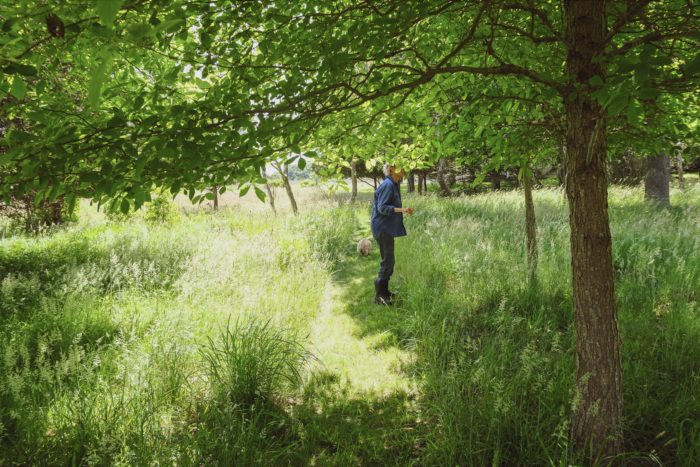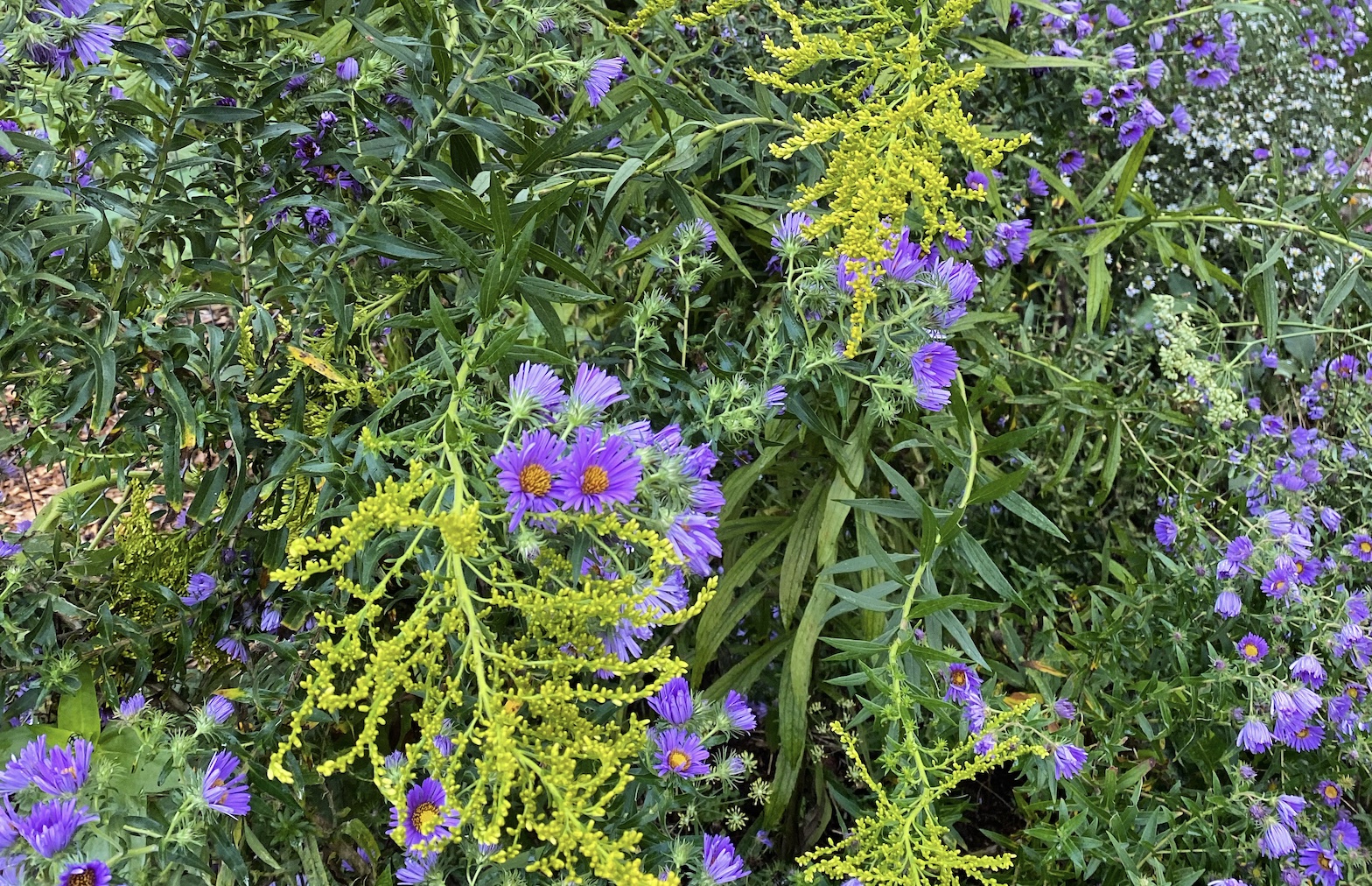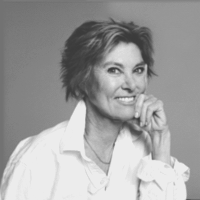
In 2020, Perfect Earth Project (a non-profit founded by landscape designer Edwina von Gal) birthed 2/3 for the Birds, an initiative that specifically highlights the mass die-off of birds and what we can do within our landscapes to help combat the problem. We have lost almost a third of the bird population in North America mainly due to loss of habitat and use of pesticides. Why should we care? Because they are warning us about the larger problems that will lead to a total collapse of biodiversity. Humans are not at the peak of a pyramid; we are part of an entire ecosystem and we must learn to work within it alongside other species. One of the wonderful things about the 2/3 initiative is that it’s not just about raising awareness and presenting a frightening truth; it’s an educational outlet providing clear solutions that we can all take part in. The guidelines are really quite simple: plant two native plants for every three, remove invasives, and stop using pesticides. But which plants are native to my area? What are invasives and how do I get rid of them? How can I have a beautiful yard without chemicals? They have the answers to these questions and more. Use this incredible resource to take control of your immediate environment and perhaps convince others to do the same. The Basics of Nature Based Landcare, available in English and Spanish, is a free PDF for both professionals and land owners. —Charlotte DeFazio
Why did you create 2/3 for the Birds?
Perfect Earth Project was working towards raising awareness and getting people engaged, so when I started hearing about how many people were paying attention to the bird die-off, that really resonated. As much as I love plants, the fact is that people respond more viscerally to animals. At the same time as I was reading about the bird die-off, Doug Tallamy sent me the manuscript for his book Nature’s Best Hope and in it was the science. Instead of saying, “Well, you really ought to make your plants more native,” this was a number. This said 70% native plants and no pesticides. You will restore bird populations. I wanted something that feeds back, that people can really see the results of their actions. It’s immediate. It’s real. It’s actionable.
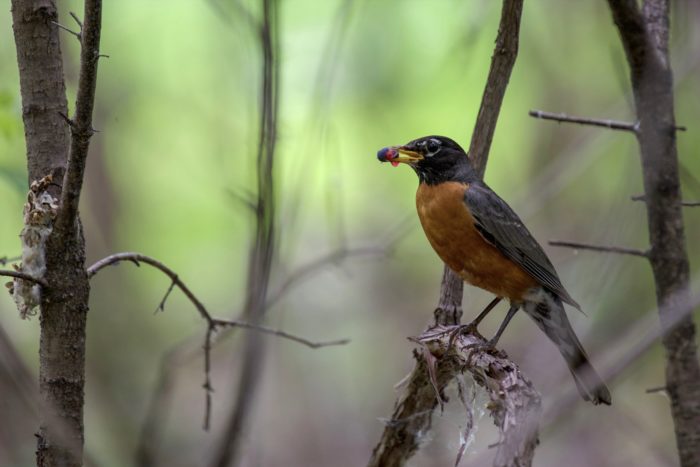
What’s Earth Equity?
Earth Equity is something we started recently for the landscape professional world. The idea is really about what is earth positive versus earth negative. It goes beyond just bird habitat, but into material sourcing and the effect on humans. So, when you make a decision that you are going to have this lawn or a landscape that is dependent, have you thought about the humans who are charged with caring for it and what you’re exposing them to? All the different ramifications of every landscape decision that people don’t think about. They just don’t think that when they say, “Get my lawn to look like that,” there are people who are doing that, who are being exposed to harmful chemicals and harmful equipment. The leaflet is my love letter to the landscape industry to say, why are you doing this to yourself?
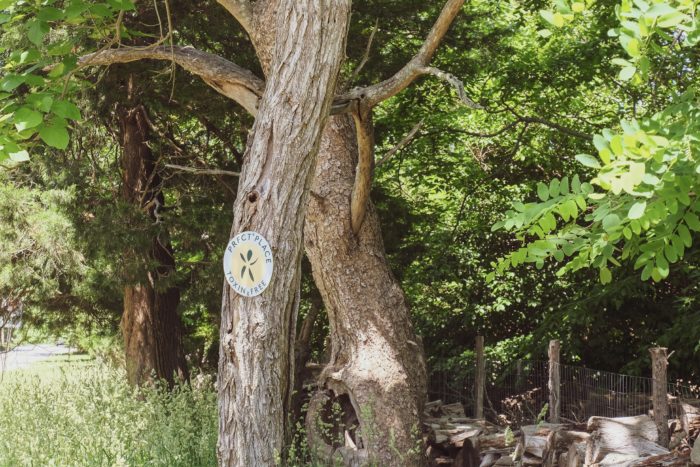
Why won’t people move away from those harmful practices?
Fear and marketing. People have been told for many years that they can’t have landscapes without chemicals. Yes, there are landscapes that you can’t have without chemicals, but why do you want them? Those are landscapes that are kept in a permanent state of stress. It’s all artificiality designed for dependency. That is very much falling into the hands of the landscape business community which does not care about the earth. It cares about profit. Now what’s happened is the landscape design profession is designing in a way that they know the land care community can care for. They’re producing a predictable product so their clients know what they’re getting. But landscapes are not a product, they’re a process. Turning a landscape into a product, a commodity, goes hand in hand with this incredible business that landscapes have become. There’s an interesting observation that a landscaper made to me. He said, what’s happened is the land care business has so outgrown the landscape design community that they’re the tail wagging the dog. They’re dictating what gets designed. They’re dictating everything. They’re dictating what gets grown and what goes in the ground and how it’s going to look. And why do people fear no chemicals? Because they don’t know what they’re getting into and their landscaper has no idea how to care for land without them.
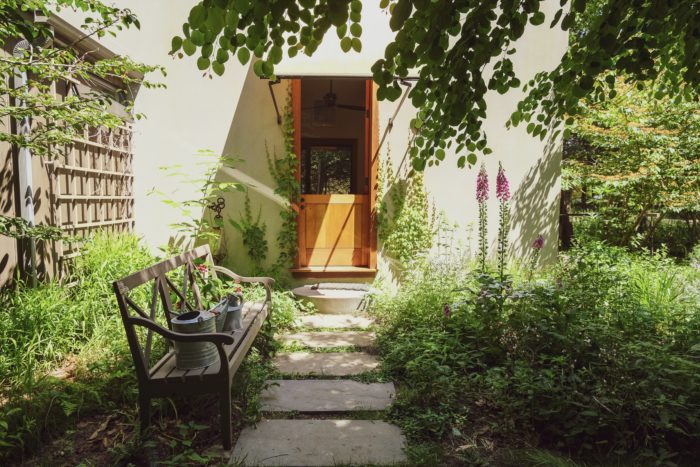
But how do you get these land care companies to stop caring about their money maker?
Demand. Your audience has to say to them, we’re not doing it that way anymore. I’m hiring the person who knows how to do it or I will keep working with you if you make a commitment. This is what you, as the homeowner, will need to think about in terms of your decisions about what your landscape is going to look like. Going forward, let go. Learn to let go. Why do you want to look out your window and see something that is basically beaten into submission? How many different services are you going to need to keep that landscape under your thumb? They sell you a pruning program cutting away a third of your plants every year and sending it to the dump to keep them within these shapes that are familiar to you. Each cut is a wound and your plants try to push out new growth because you’ve taken away their photosynthetic surface. You’ll be pruning forever. Because you’re taking all that leaf surface away, you have to replace it. You’re fertilizing like crazy and that new growth is very succulent—what insects love. That’s when a spraying contract comes in. Right there, you’ve got three contracts in addition to your mowing contract.
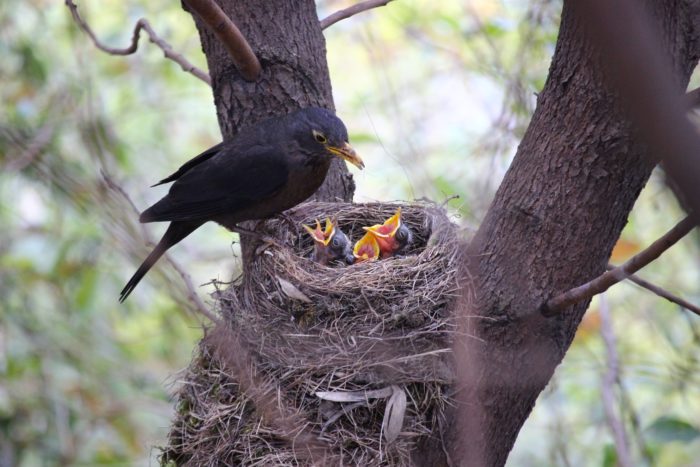
Education and shifting minds is a huge part of it, but policy is important too. Do you see changes coming forth in that respect?
I don’t do advocacy at Perfect Earth because it’s a very different skill set. I know how to garden and I want to teach people how to garden right. You can change a lot by simply not buying those products. The products don’t have to be banned. Just don’t buy them. That said, I totally support policy changes. Can you go to the store and buy a plant that is treated with chemicals and bring a poisonous plant into your property? That’s not a good idea. I’m thankful that NRDC, for instance, is working on that in Albany. It has to happen. We are the country that was founded on the principles of individual freedoms and yet we don’t really have those individual freedoms. That’s what I am appealing to because you have the choice. Choose with intelligence. Make educated choices. And you’ll have impact, too.
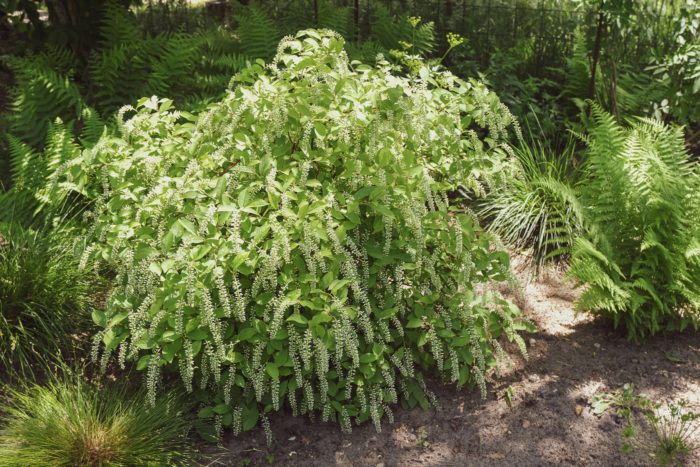
Throughout history, movements have come and gone into the spotlight and the environmental movement is obviously not new. How do you think things are different now as opposed to the past?
The negative pressures are greater than ever. When I was a kid, we all mowed our own lawns. I did grow up in the country, so my dad was not out there obsessing about dandelions, but the neighborhood kid mowed your lawn. Landscape has become more and more of an industry. It is noticeable out here, but it’s really everywhere that people can afford to pay someone else to do it. The challenges are greater in a way, but the pressure to change is also greater because just about everybody has admitted that they’re suffering from anxiety about the environment. They know this isn’t working.
And my job is to point out specifics in their landscape that are behind some of this and really look at the choices they are making. Every time we have another environmental disaster, every day there’s news, that’s pushing people towards the necessity for change. There were things that did change in the ’70s, a lot changed, but what also happened was many practices were replaced by things that were more subtle and in some ways more pernicious, so now we have these really sneaky landscape chemicals that appear to be benign and we’re told are benign. I was told Roundup was like a miracle. It was harmless. Just like drugs didn’t hurt you.
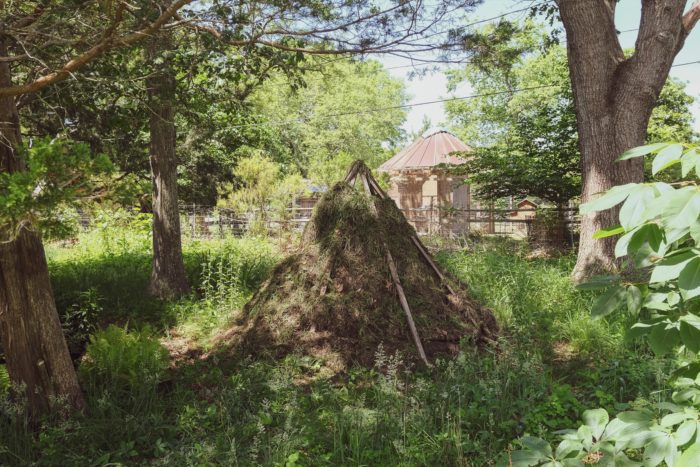
Yeah, and all the smoking ads.
Now we’re saying we really can’t trust those voices to tell us what’s safe and what’s not. Why don’t we trust our own? It really comes down to that. What is our faith? Everyone has faith. Everyone has somehow got to have faith in something. I believe my faith is in nature. Nature was here before us. It will be here after us. How much can I let my expectations, my need to control, go? I’m a designer. Of course, it’s there. But I realized I have to completely readjust where I am putting my energy. Get away from the anger-based. Get away from trying. Get away from saying and get right into positive actions. I think we all know for certain that there are going to be some dire consequences of the place where we already are. There’s going to be some really tough moments for the human species. How can I soften the blow? How can I get people into a place where they actually embrace the change? And say, if this is what it’s going to mean, this is what we’re going to do and we’re going to be exploring these amazing tools that are both ancient and new.
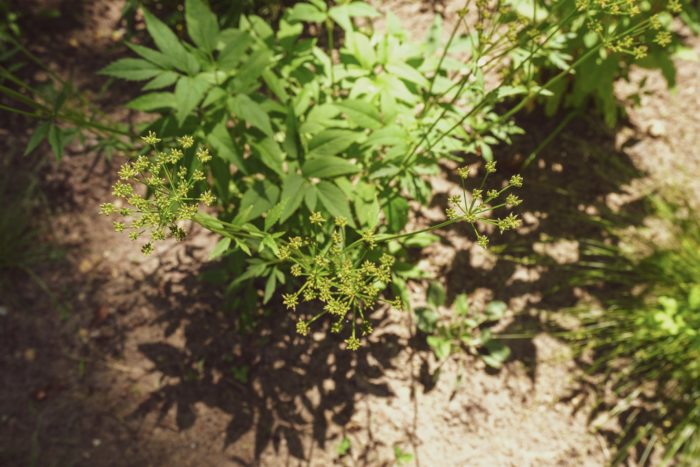
What are some of your favorite native plants to plant here (on the East End of Long Island)?
One of my favorite overstory trees is the Nyssa sylvatica which is known as tupelo or out here they call them pepperidge trees. They turn brilliant red in the fall and grow horizontal—I call them witchy. They’re just so beautiful and very social. They’re always seen as communities and many different wildlife species find what they need in those trees. They are also the longest lived American hardwood species. For understory trees, I think American dogwood (Cornus florida) wins hands down, but there’s also another kind of American dogwood that is in bloom now, the Cornus alternifolia, which is very delicate and lovely.
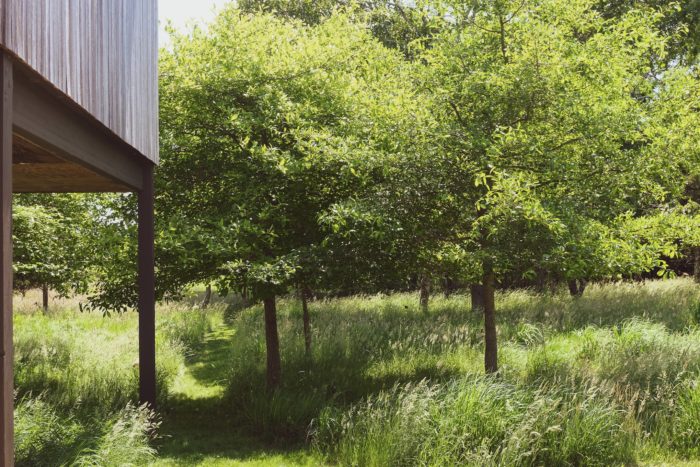
Coming down to the shrub layer, one of my favorites is elderberry. It grows fast and everything loves it. Another good one for out here is arrowwood, Viburnum dentatum. It’s all through the woods. Deer eat them, so that’s a challenge. From there, you have perennials, the herbaceous layer which is all sorts of blooming plants, grasses and forbs. Try switchgrass, Panicum virgatum, but perhaps mix that with New York ironweed or New York asters—just a fantastic combination and easy to grow. Ironweed is amazing and looks beautiful all winter. It makes these seed heads that are like little sparks of light in the winter sun.
My favorite ground cover lately is American pachysandra. It doesn’t fill in quickly like the Japanese pachysandra does and it doesn’t muscle everything else out of its way. And it’s semi-evergreen so it changes with the seasons. It gets a modeled silvery look in the winter and lies down and then in the spring, this whole new growth pops out of the center, but it mixes beautifully with ferns and woodland grasses. If you want a blooming plant, Tiarella, foamflower, which grows in absolutely dry, dark shade.
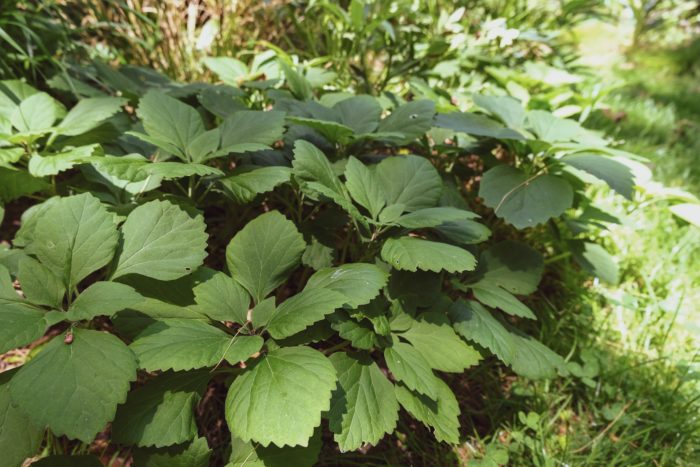
Do you have any non-native plants on your property?
Sure. Well, especially in this area, because this is the area where the deer are and deer eat most native plants because that’s what they lived on before we started feeding them our horticulture. They don’t tend to eat Mediterranean plants that are aromatic and there’s some in the native range that are aromatic too. They don’t eat grasses so all the various ornamental grasses are great and things that have fuzzy leaves like Santolina. Also Rose campion and Digitalis, foxglove.
Are you reading or watching anything right now that you recommend?
I just read The Ministry for the Future(by Kim Stanley Robinson), which is pretty amazing. And there are some great podcasts like Tom Christopher’s Growing Greener.
